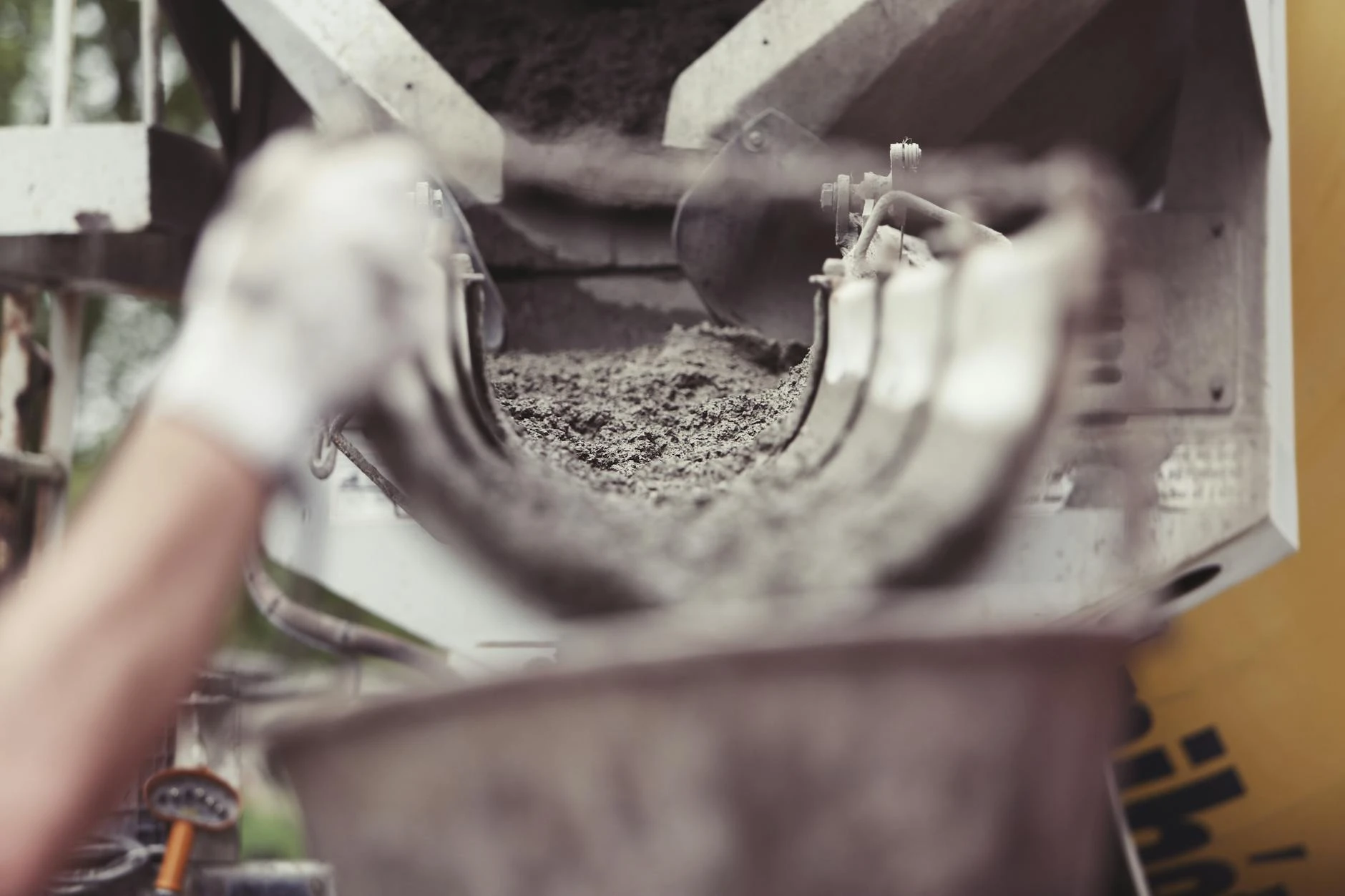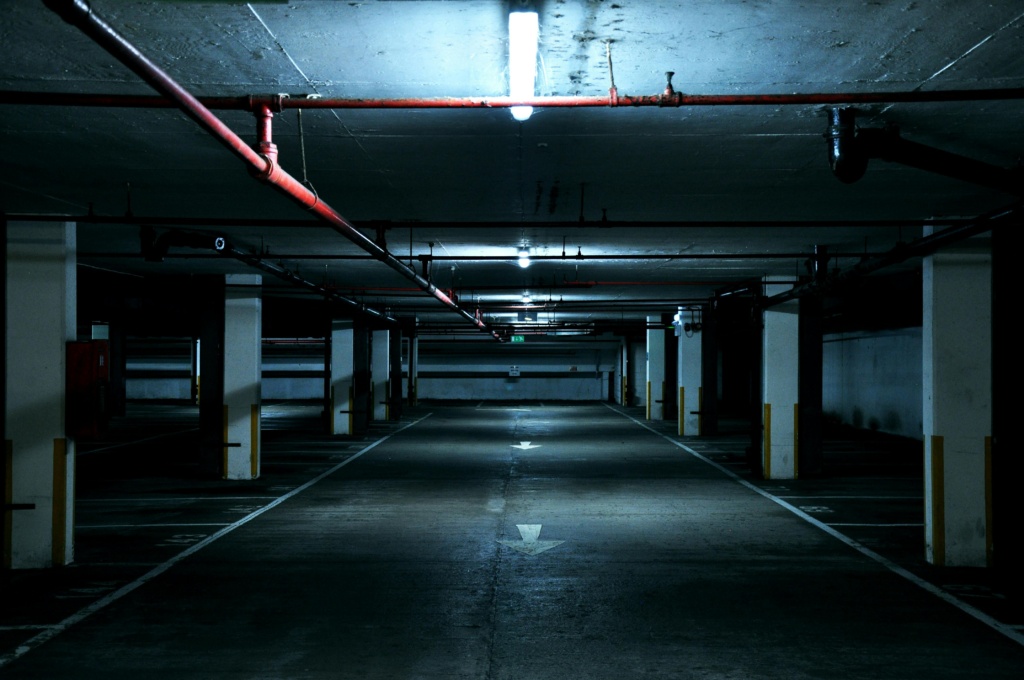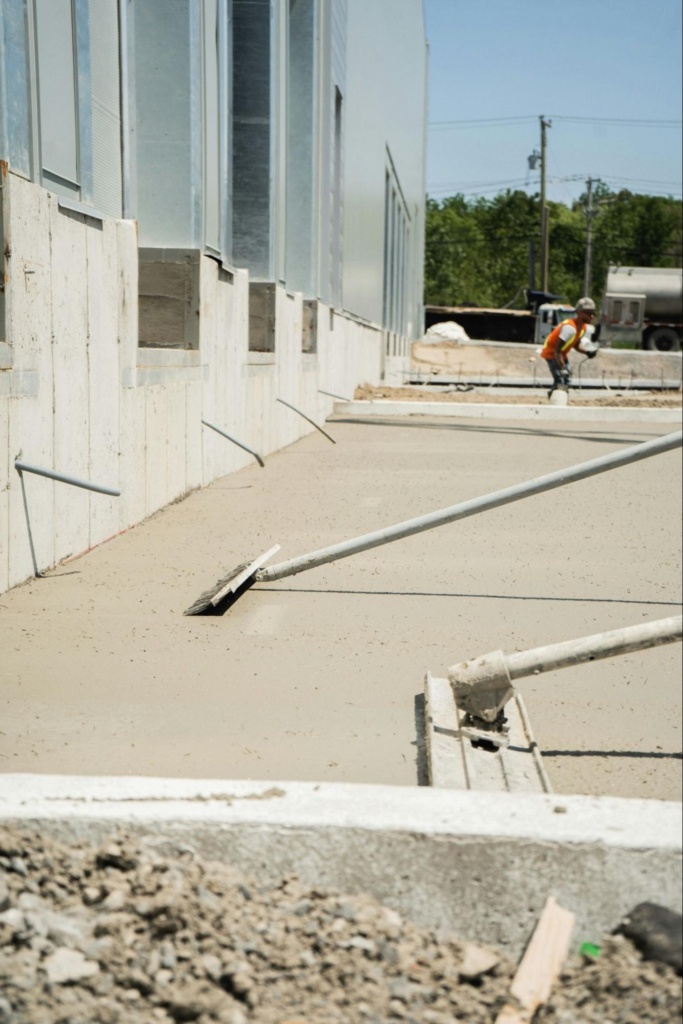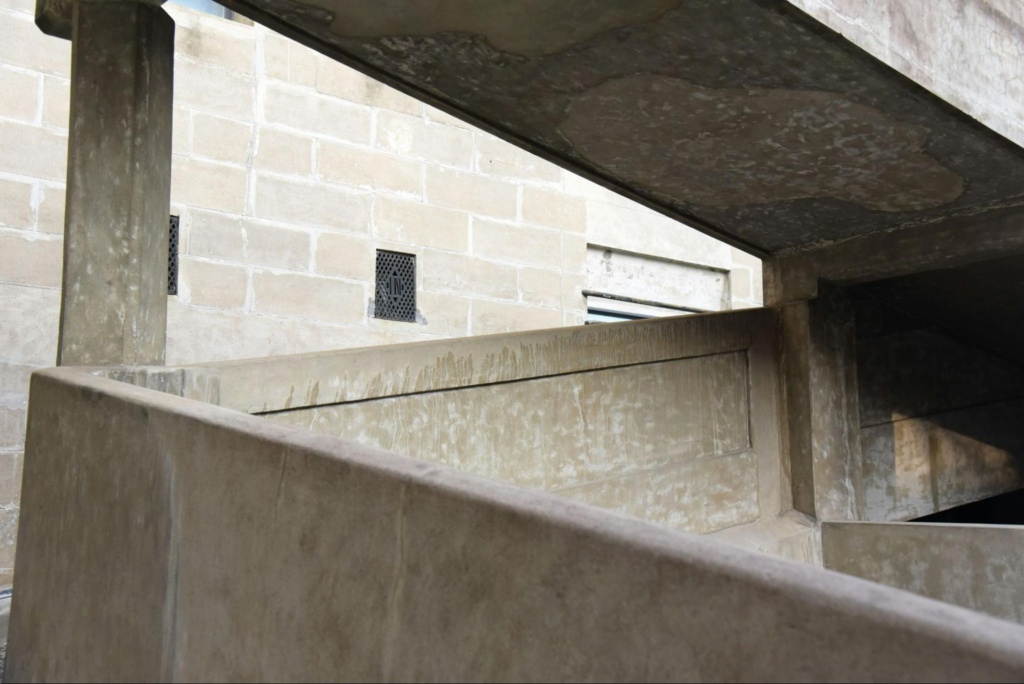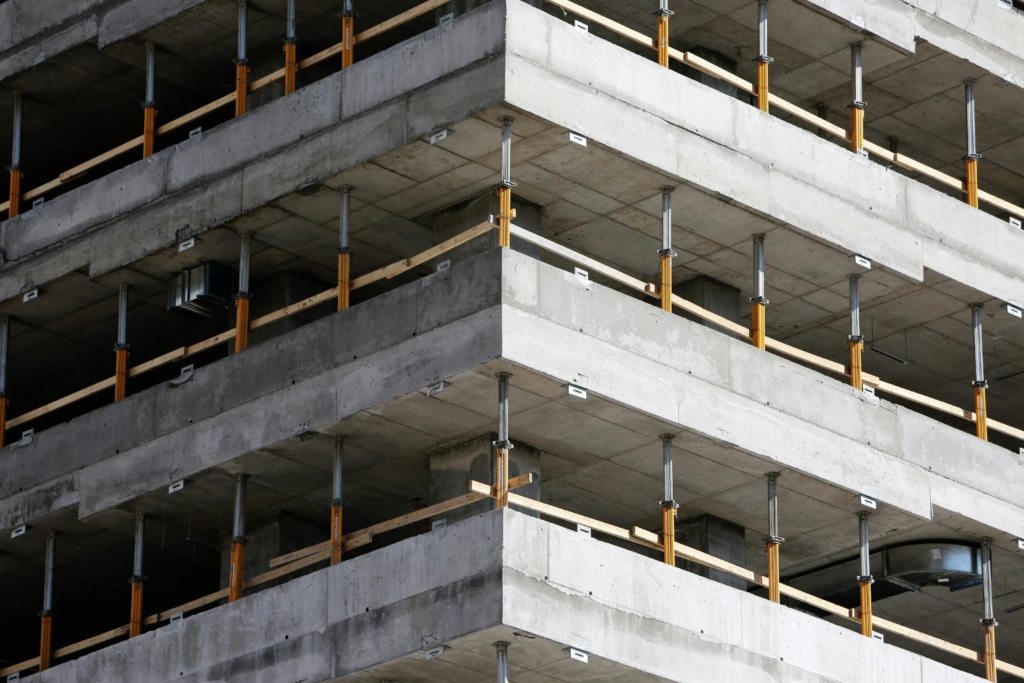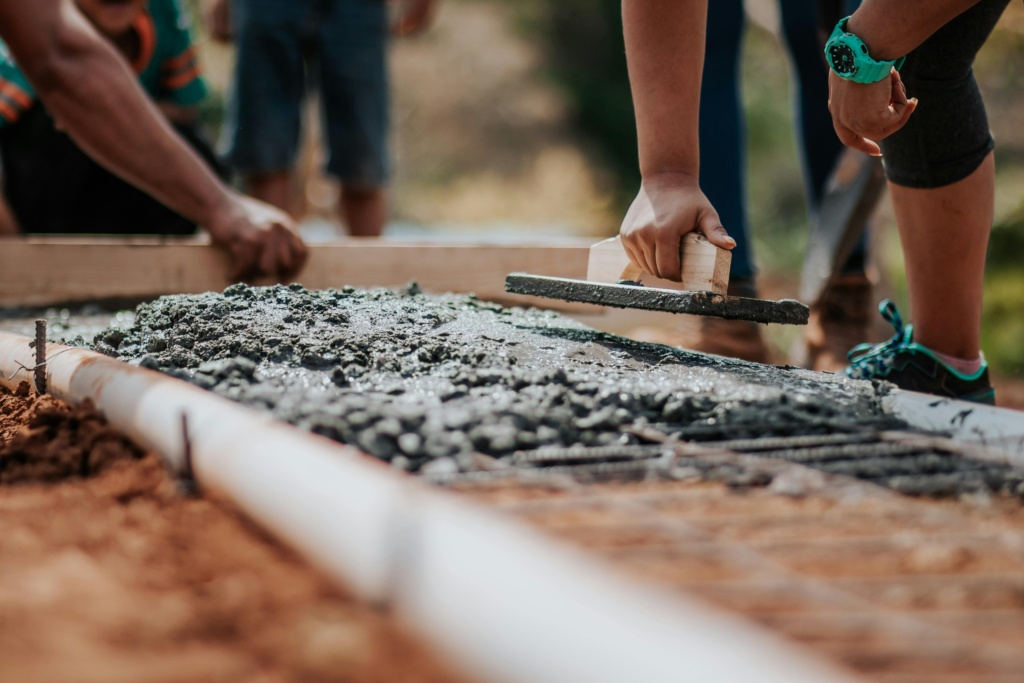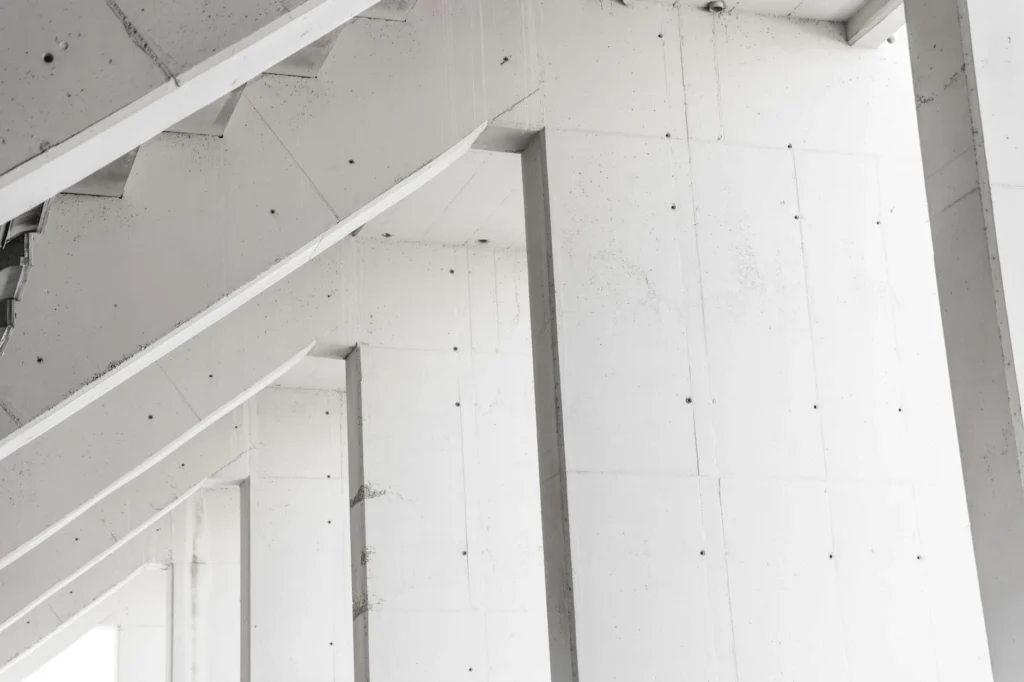Concrete is one of the most widely used construction materials due to its strength and versatility, but it has one significant vulnerability—it is porous. This means that water and other liquids can seep through its surface, potentially causing damage over time. So, can you waterproof concrete? The answer is yes, and doing so is critical for maintaining its durability and structural integrity.
Waterproofing concrete helps protect it from issues like cracking, spalling, and water ingress, which can weaken the material and compromise the structure’s safety. Whether you’re working on a basement, retaining wall, or swimming pool, understanding how to make concrete waterproof is essential for prolonging its lifespan and ensuring its performance.
Why Does Concrete Need Waterproofing?
Despite its strength and versatility, concrete is naturally porous. This means it contains tiny capillaries and voids that allow water and moisture to seep through. Over time, this permeability can lead to significant issues, especially in structures exposed to water or high humidity. Waterproofing is essential to protect concrete from these vulnerabilities.
Unprotected concrete is vulnerable to water ingress, which can compromise its structural integrity. When water seeps into the concrete, it can cause embedded steel reinforcement to corrode, leading to cracks and spalling. Freeze-thaw cycles can further worsen these problems as trapped water expands upon freezing, increasing stress on the material.
Beyond structural concerns, water penetration can lead to aesthetic damage like discolouration and encourage mould and mildew growth in adjacent areas. Therefore, waterproofing concrete is not just about durability—it also plays a role in maintaining the overall safety and appearance of the structure. Whether for foundations, retaining walls, or other critical elements, understanding how to make concrete waterproof is a key step in construction and maintenance.
How to Make Concrete Waterproof
Crystalline Waterproofing
Surface Sealers
Admixtures
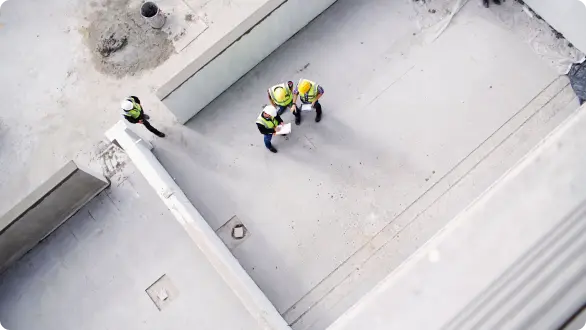
How Do You Seal Concrete to Make It Waterproof?
Sealing concrete is an effective method to protect it from water damage. The process starts with cleaning the surface to remove dirt, debris, and oils that may interfere with adhesion. Once clean and dry, the sealer is applied evenly using a roller, brush, or sprayer, ensuring full coverage. Some sealers may require multiple coats, with proper drying time between applications.
Curing is crucial for the sealer to bond with the concrete and form a protective layer. Always follow the product’s instructions for curing times and environmental conditions. Proper sealing enhances water resistance and extends the lifespan of concrete surfaces like driveways, patios, and walls.
Summary
Concrete waterproofing is possible and essential for protecting structures from water damage and ensuring their long-term durability. Whether achieved through admixtures, crystalline technology, or surface sealers, waterproofing concrete helps prevent cracks, spalling, and other forms of structural degradation caused by moisture.
Incorporating waterproofing during construction provides a proactive solution, while retrofitting existing structures with effective methods can restore and protect their integrity. By taking the right steps to waterproof concrete, you guard your investment and enhance the lifespan of your structure. With the knowledge and tools available, waterproofing concrete is a practical and achievable goal for any project.

